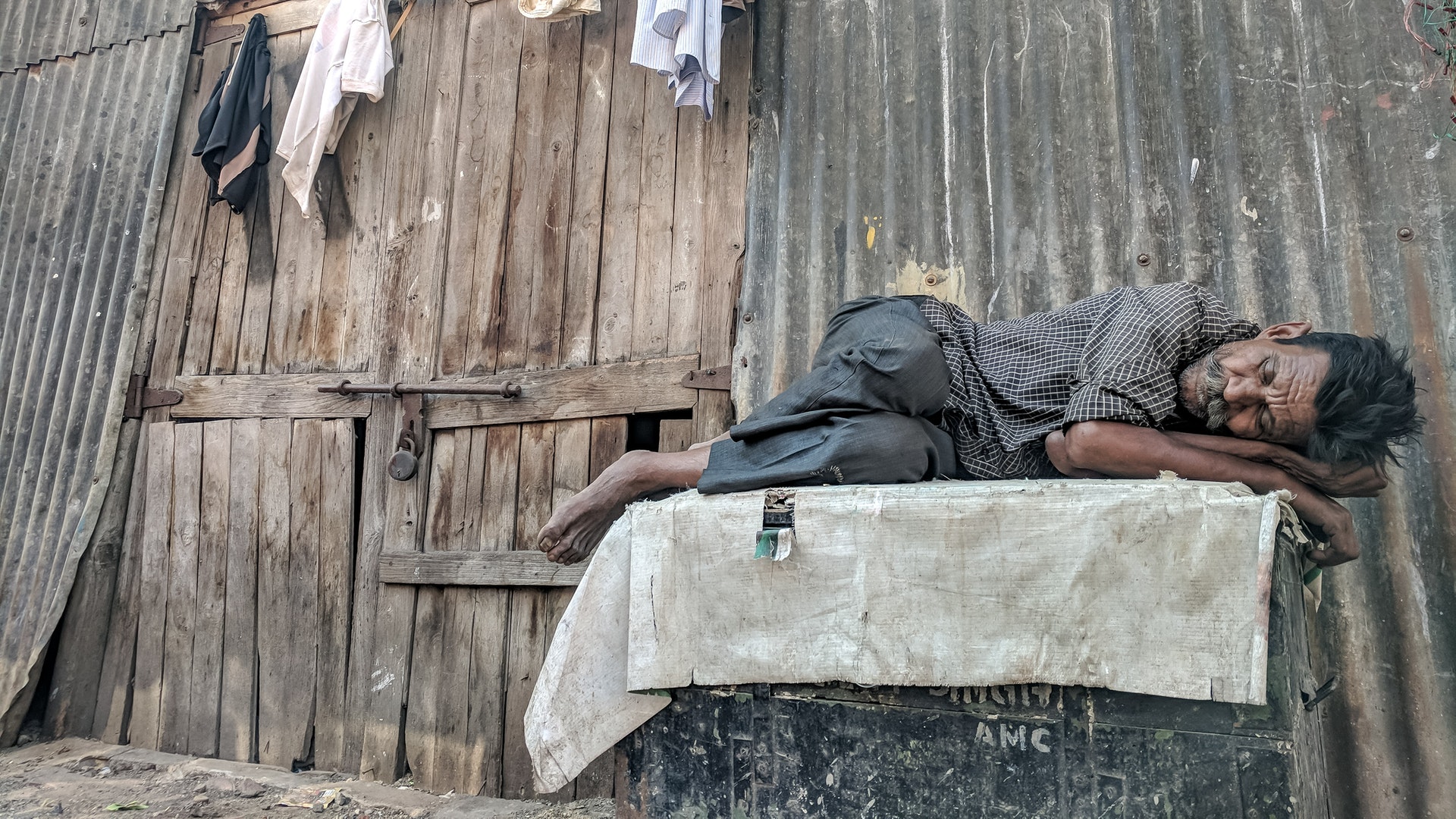Bihar has the highest proportion of people, at 51.91% of the state’s population, who are multi-dimensionally poor, says the Multi-dimensional Poverty Index (MPI) prepared by government think tank NITI Aayog. The MPI measures poverty across its multiple dimensions and in effect complements existing poverty statistics based on per capita consumption expenditure.
Jharkhand stands at 42.16% and Uttar Pradesh at 37.79%. Bihar has the highest number of malnourished people followed by Jharkhand, Madhya Pradesh, Uttar Pradesh and Chattisgarh. Kerala, Goa and Sikkim have the lowest percentage of population being multi-dimensionally poor at 0.71%, 3.76% and 3.82% respectively. The baseline report of the national MPI measure is based on the reference period of 2015-16 of the National Family Health Survey.
The report highlighted Bihar as the worst performer when it comes to the percentage of population deprived of maternal health, percentage of population deprived of years of schooling, school attendance and percentage of population deprived of cooking fuel and electricity. Uttar Pradesh ranked the worst in the child and adolescent mortality category, followed by Bihar and Madhya Pradesh, while Jharkhand performed the worst when it comes to the percentage deprived of sanitation, followed by Bihar and Odisha.
Rajiv Kumar, the NITI Aayog vice-chairman, in the foreword of the report said that the development of the National Multi-dimensional Poverty Index of India is an important contribution towards instituting a public policy tool which monitors multi-dimensional poverty, informs evidence-based and focused interventions, thereby ensuring that no one is left behind.
Kumar, according to PTI, said the national MPI measure has been constructed by utilizing 12 key components which cover areas such as health and nutrition, education and standard of living. The report said the National MPI, an aggregate measure which defines poverty, in simple terms, as the deprivation in crucial and basic parameters of health, education and living standards is a significant departure from the way poverty has been understood and conceptualized historically.
Also Read: COVID-19 vaccine makers closely monitor new strain Omicron, can adapt vaccine if needed
It should be noted that India’s MPI measure uses the globally accepted and robust methodology developed by the Oxford Poverty and Human Development Initiative (OPHDI) and the United Nations Development Programme (UNDP). As a measure of multi-dimensional poverty, it captures multiple and simultaneous deprivation faced by households.

